Gun manufacturers are actively and intentionally marketing firearms to children under 18 years old with “R-rated” content on guns. And they’re doing it through ads and social media influencers — without parental knowledge or consent.
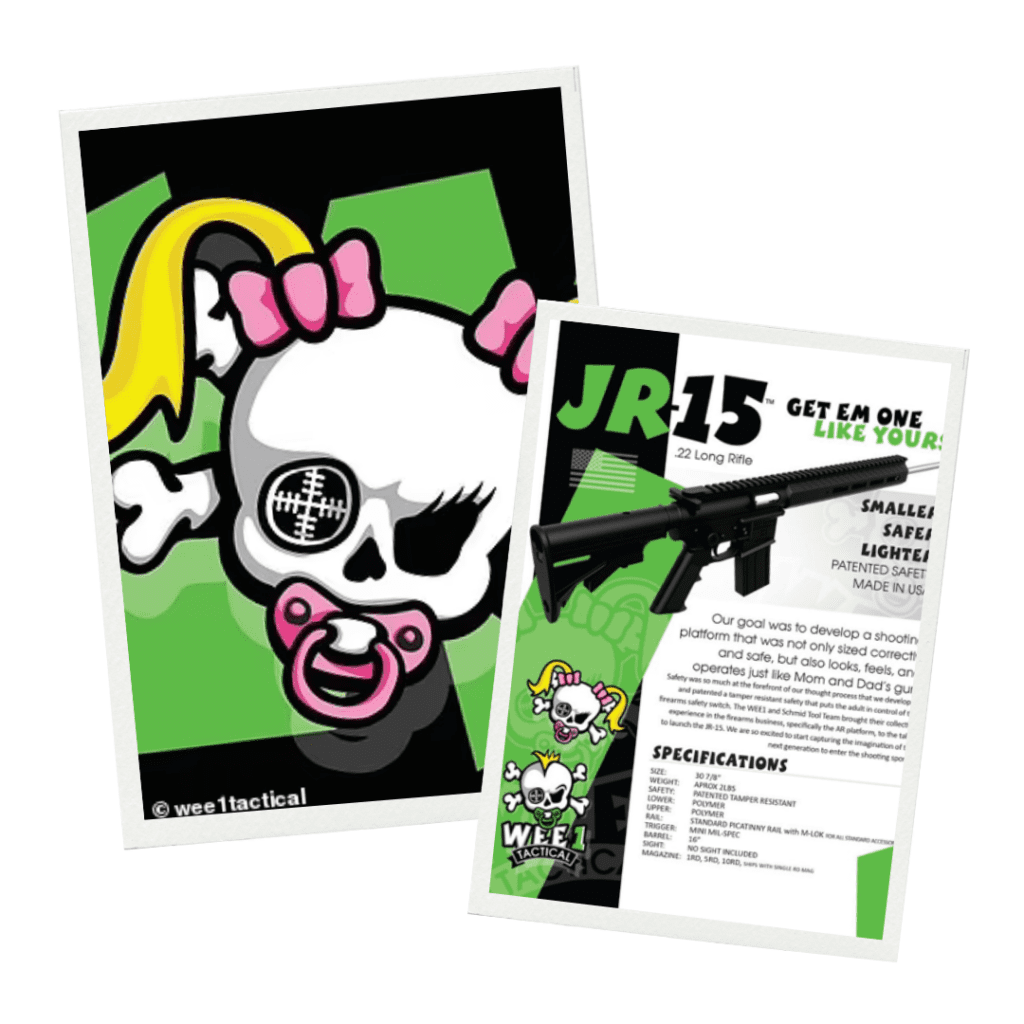
Gun makers are developing weapons specifically sized for kids, including a child’s version of the AR-15 semi-automatic rifle.
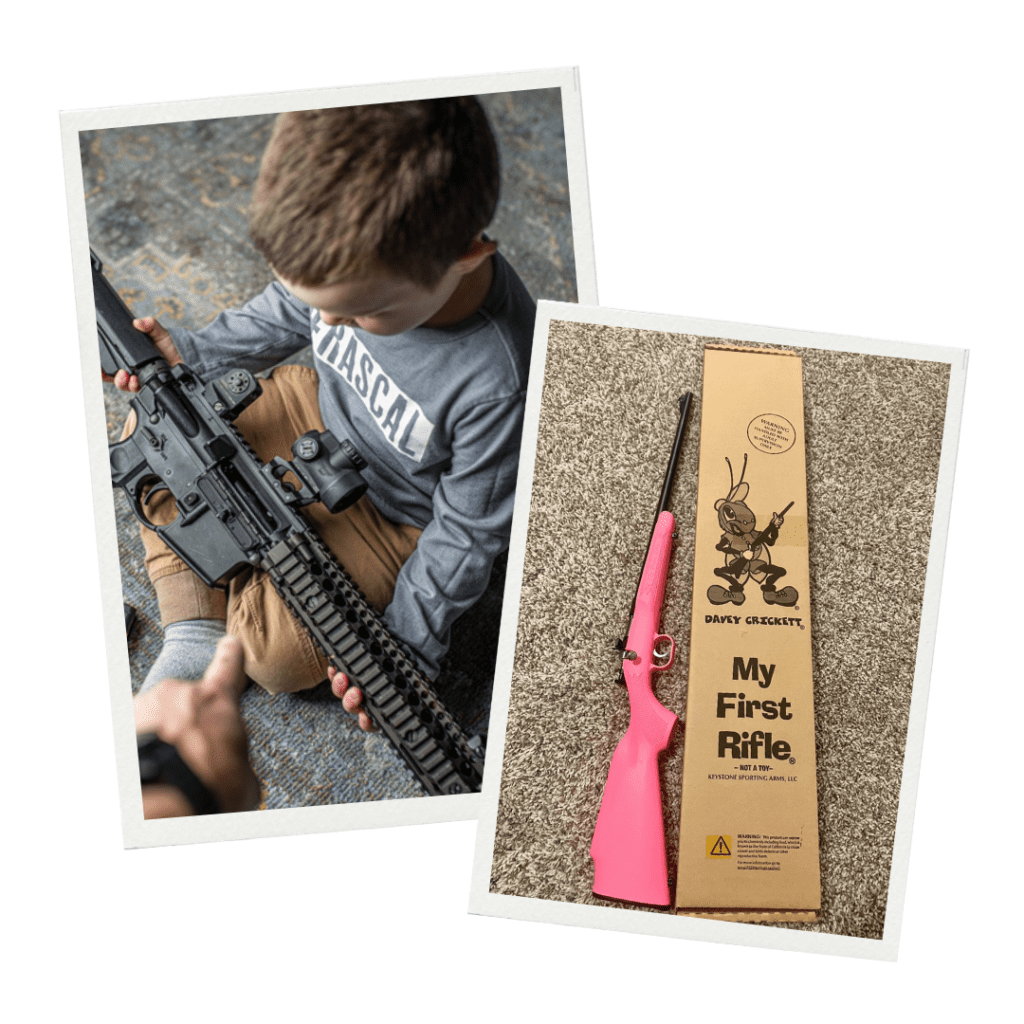
Kids are not little adults. Their brains and impulse control are not yet fully developed. They are more vulnerable to advertising.

Advertisements send a message to kids — particularly teen boys — that owning a firearm will make them strong and powerful.
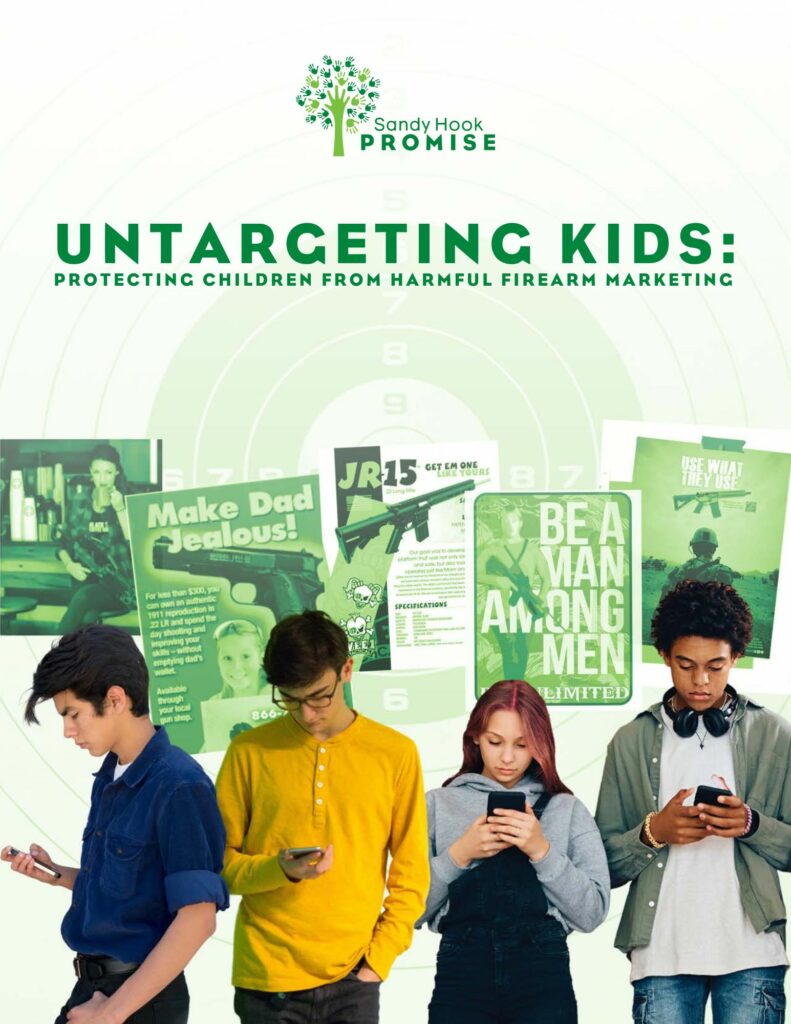

Our new report, UnTargeting Kids: Protecting Children from Harmful Firearm Marketing, shows how aggressive marketing of firearms to children contributes to gun violence. From Sandy Hook to Parkland to Uvalde, there’s evidence that disturbed young people were inspired by this violent marketing. That’s why concerned parents and community members like you must help stop this dangerous kind of marketing.
The report features alarming documents uncovered from the Remington Arms, LLC vs Sandy Hook victims’ families lawsuit that exposed the gun manufacturers disturbing marketing practices. It also includes expert research from marketing, psychology, and gun violence prevention experts.
For generations, many parents in America have taught their children to shoot and store guns safely. Firearms marketing often reflected family values, hunting, and good sportsmanship. But the industry took an explicit turn to build a youth market for their semi-automatic weapons, fueled by private investment looking to maximize returns. That shift was marked by combat-focused messaging and R-rated imagery. It’s no coincidence that our nation has experienced a huge spike in firearm deaths and mass shootings just as gun marketing became more violent.
Firearm marketing should not depict illegal activity including illegal drug use, alcohol abuse, sexual harassment, or hate speech or create an association with anti-social or dangerous behavior.

Even though users are officially required to be at least 13 years old, nearly 40% of children ages 8-12 report social media use.

A review of 250 episodes of popular, scripted television shows found that 60% included firearm-related content.

Firearm manufacturers license their brands for use in video games, earning free exposure to children.
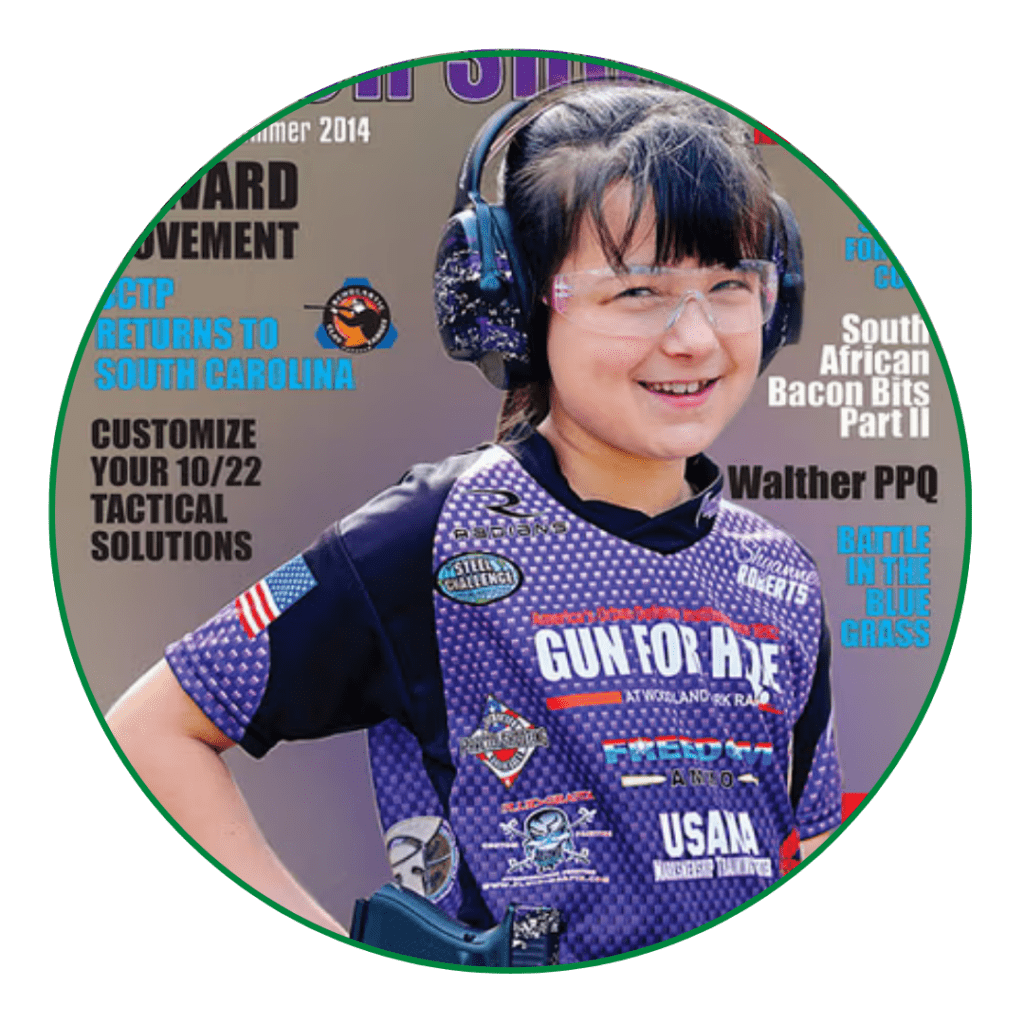
Junior Shooters is a magazine and website marketed to kids as young as 8 years old, with “articles for juniors by juniors.”
Kids are not just little adults. The brains of both children and teenagers are different than adult brains. This makes young people biologically more vulnerable to advertising. Their impulse control isn’t fully developed either, making them more likely to engage in risky behavior.
Firearm marketers exploit these tendencies in advertising, using tactics that were successfully used, and later banned, in marketing alcohol and tobacco to minors. Because teens crave social connection and peer approval, they are highly susceptible to the marketing techniques that are common across today’s social media platforms.
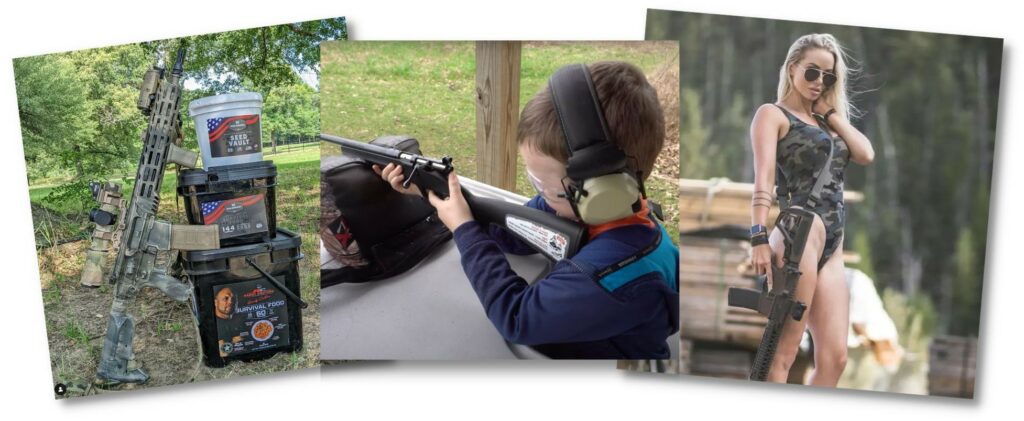
In recent years, firearm manufacturers have begun developing weapons specifically for children. Last year, the company Wee 1 Tactical debuted the JR-15, a child’s version of the AR-15 semi-automatic rifle.
In addition to firearms sized for kids, law enforcement officials are also concerned about the increase in ghost guns and other privately made firearms (PMFs), which can easily be bought and learned about online. Tragically, at least four school shootings have been committed by teenagers using PMFs.

Firearm advertisements often equate gun ownership with manhood. Firearm manufacturers are trying to send a message to kids—and particularly teenage boys—that owning a firearm will make them a strong and powerful man.
As psychologist Dr. Jillian Peterson explains, “This type of messaging is particularly problematic for young men who have experienced trauma, are socially isolated, or otherwise in crisis. Social media content that suggests that an assault weapon will make them powerful or attractive to beautiful women can be a dangerous message to a vulnerable teenager.”
Gun marketing should not use graphic or gratuitous nudity, overt sexual activity, promiscuity, or sexually lewd images or language, or rely upon sexual prowess or sexual success as a selling point for the brand.
Our kids are too young to drive, vote, drink alcohol, serve in the military, or legally purchase a firearm under federal law. Research shows that they are biologically more vulnerable and susceptible to advertising, and they’re more likely to engage in risky behavior.
Despite this, they are receiving deceptive, aggressive messages from gun manufacturers through marketing loopholes, social media influencers, and video games.
Gun owners and non-gun owners alike can agree that kids should not be the targets of firearm marketing, especially content designed for adults that should only be viewed by adults.

All companies marketing the sale of firearms should adhere to responsible practices across all advertising that ensure children are protected from harmful content. We call on the industry to adopt and implement the following guidelines. We call on media platforms hosting marketing, such as social media platforms, to uphold these minimum standards. Our guidelines have all been modeled across multiple commercial industries and represent the basic principles of responsible marketing.
Marketing Content Should:
1. Only direct marketing to adults over the legal age to purchase a firearm, and promote firearm use in a responsible manner.
2. Not depict objects, images, game-like or cartoon figures that primarily appeal to children under the legal purchase age.
3. Not promote, depict, or encourage illegal, irresponsible, or unsafe use of firearms.
4. Not show illegal activity including the use of drugs, alcohol abuse, violent crimes, sexual harassment, indecent exposure, or hate speech.
5. Not create an association with anti-social or dangerous behavior.
6. Not promote firearm purchase as a “rite of passage” to adulthood or claim a person can obtain social success due to purchase of the product.
7. Not use graphic or gratuitous nudity, overt sexual activity, promiscuity, or sexually lewd images or language.
8. Not rely upon sexual prowess or sexual success as a selling point for the brand.
9. Not degrade the image, form, or status of women, any religion, race, sexual orientation, physical or mental disability.
10. Ensure that influencers or endorsers receiving paid or in-kind incentives for marketing adhere to these same marketing standards and disclose any financial relationship with a firearm brand.
Our proven Know the Signs programs teach youth and adults how to prevent violence, shootings, and other harmful acts.
Committed to driving change to protect children, measuring our effectiveness to learn and celebrate our shared success.
Through our sister organization, Sandy Hook Promise Action Fund, you can help change policy to enact common sense reforms.